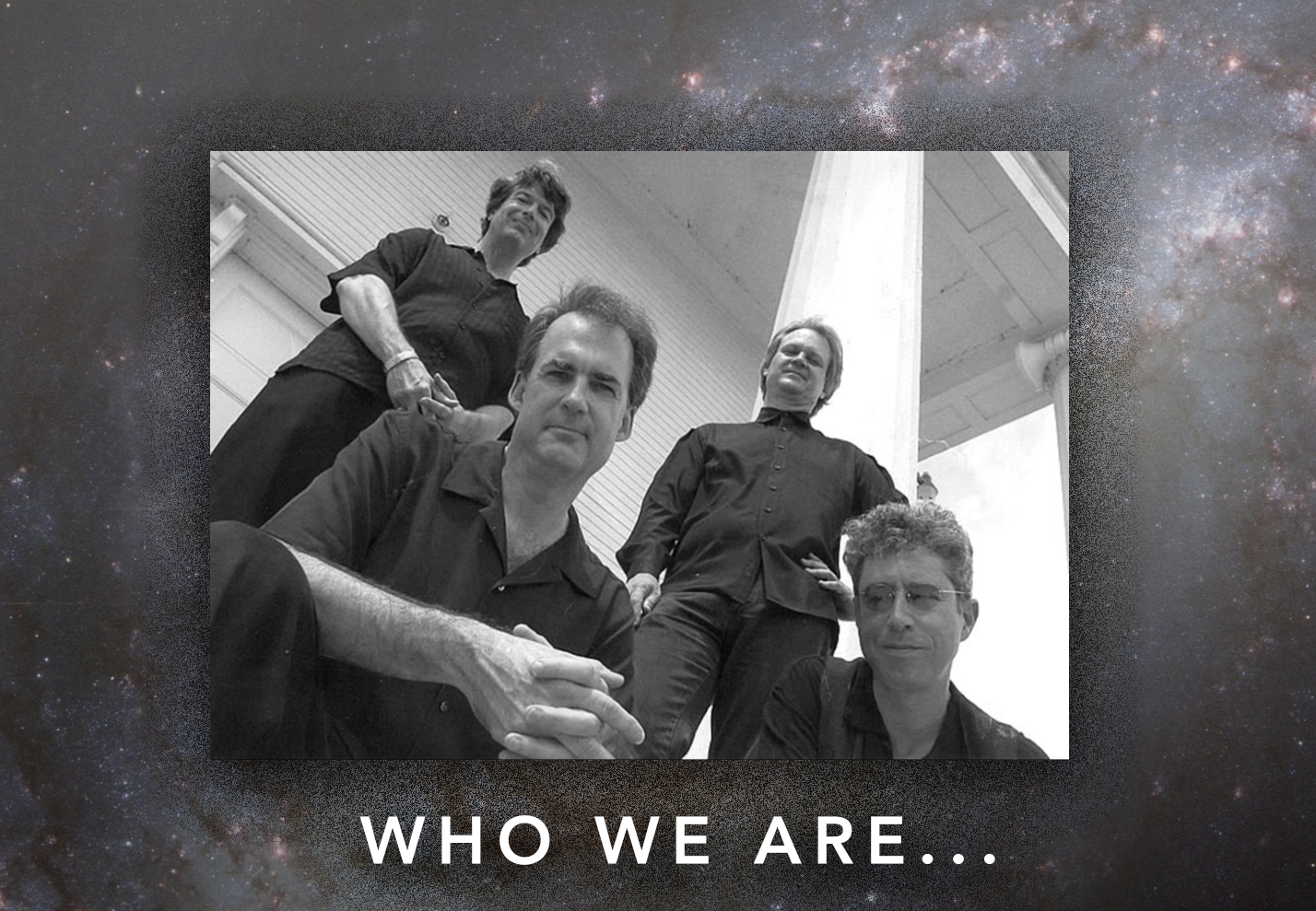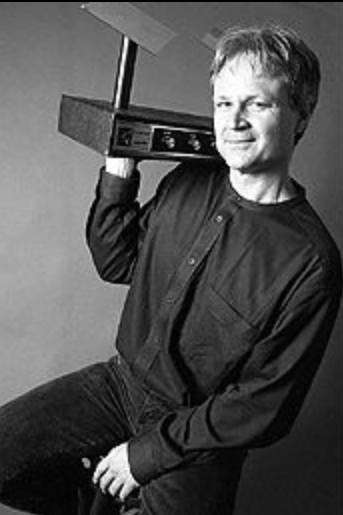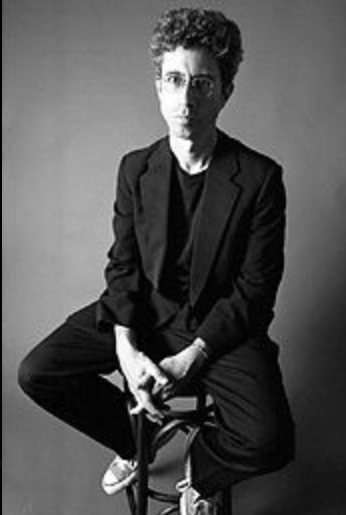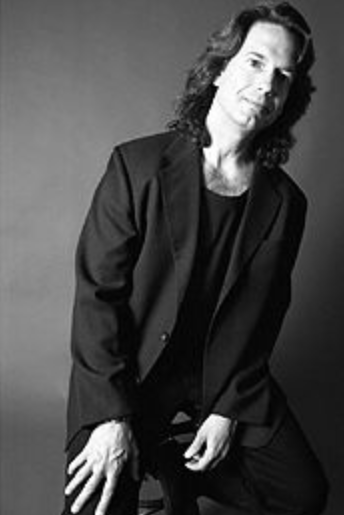about
Birdsongs of the Mesozoic

also visit
A HISTORY (in brief)
Birdsongs Of The Mesozoic began in 1980 as a side project by half of Boston’s now legendary Mission Of Burma, Roger Miller and Martin Swope. Miller and Swope joined forces with Rick Scott and Erik Lindgren for what was originally conceived as a recording project only. In 1983, they released a self-titled EP, Birdsongs Of The Mesozoic. With the demise of Mission Of Burma at about the same time as the EP’s release, Birdsongs Of The Mesozoic became a full-time band for all members. In 1984 they released another LP, Magnetic Flip, and began extensive touring to support its release. A year later they released another EP, Beat Of The Mesozoic, and again set out on tour.
In 1987, Roger Miller left the group to concentrate on solo projects and was replaced by saxophonist Ken Field. Birdsongs’ new lineup recorded Faultline, released on Cuneiform (Rune 19). Their second Cuneiform release, Pyroclastics (Rune 35), appeared in 1992. Shortly afterwards, guitarist Michael Bierylo replaced Martin Swope, who moved to Hawaii. In 1993 a collection of previously unreleased material from 1980-1987 featuring the band’s first lineup and accompanied by a written history, The Fossil Record (Rune 55) paid tribute to Birdsongs’ early years.
Birdsongs has maintained this foundation, while replacing guitar with the flute, percussion, synthesizer, and King Cleveland slide saxophone sorcery of Ken Field. Mixed at Squid Hell in Jamaica Plain, Dancing was recorded at Lyx Studio in Worcester between October, 1993 and April, 1994. With guests Mickey Bones and Jim Doherty, the album concludes with a funeral dirge. It’s called “The Pearly Eyed March,” appropriate not only for the season, but for a George Winston-like presence; more quartet magic with colleagues Erik Lindgren and Rick Scott. “We’re all about different cultural influences and music, arranged in an unexpected way, with both reverence and irreverence,” says Bierylo. “We rarely gig, although we will be artists-in-residence at Emory University this March, with shows in Georgia and North Carolina.”
The bad boys of chamber music actually look a lot like middle-aged college professors. They’re smart enough to put music theory into practice, breaking epic songs into tantalizing four- and five-minute pieces, enough to whet the appetite of chamber music fans without losing those with rock ‘n’ roll’s short attention span.
Erik Lindgren
Piano
Ken Field
Saxophones, Flute, Percussion
Rick Scott
Synthesizer
Michael Bierylo
Guitar, Computer
Photos by Claire Folger








